The tarot is a fascinating tool for exploring our interior lives and thinking about the deeper meaning to be found all around us. However, while many believe the 78 tarot cards to hold supernatural powers, much of the meaning to be found in tarot decks comes from within the individual rather than from mystical powers. Tarot is a great tool for focusing our own intuition and wisdom, and the meaning we find in the cards typically comes from within our own knowledge and experience.
According to what we read in history books, tarot cards were originally developed in the Middle Ages to play card games. They are a different branch descended from the same original decks that gave us modern playing cards. It was only centuries after they first were used to play games that French and English occultists began using them for cartomancy, or the use of cards to divine the future. French writers created a powerful myth that tarot cards had once been the lost pages of the ancient Egyptian Book of Thoth, which gave them their mystical allure.
However, a careful historical study has found that tarot cards developed in response to the meaning that users attributed to them, taking shape around the beliefs and practices of their users. Simplified tarot meanings are encrypted in different symbols depicted on each card. For deeper insight, the ultimate guide to tarot card meanings offers keywords, descriptions and valuable interpretations of each card in both upright and reversed positions.
The Major Arcana: Tarot Card Meanings and Interpretations
The tarot deck is divided into two major parts. The most famous are the Major Arcana cards, which are numbered from zero to 22 and carry an image with a unique meaning. These twenty-two cards stand outside the four suits of the Minor Arcana and carry tarot meanings that are independent of the suits.
Because these cards stand alone, they are considered more powerful and are associated with teaching larger lessons about life. When these cards appear in a tarot reading, the Major Arcana cards are generally thought to guide the narrative of a traditional tarot reading. Major Arcana tarot cards can be thought of as a kind of narrative explaining the soul’s growth toward enlightenment, and the selection of Major Arcana cards you receive in a reading can show you the part of the path of growth you are currently on. The meaning of tarot cards in the Major Arcana is connected to turning points and major life events.
The sequence of the Major Arcana cards is often referred to as the “Fool's Journey,” after the card “The Fool,” which is the zero card and therefore the starting point through the Major Arcana. While tarot card meanings can vary with the individual, each number in the list of tarot cards in the Major Arcana can be seen as a different step on an individual’s personal journey of self-discovery. The story begins at zero with The Fool, who represents innocence and newness, and it ends with The World at 22, a card that represents completeness and the fullness of experience and wisdom.
According to a guidebook, every tarot card withholds its basic definition and explanation, but correct interpreting the Major Arcana is only possible with deep learning and understanding the symbolism of each card. Feel free to find the tarot cards meaning list with pictures below.
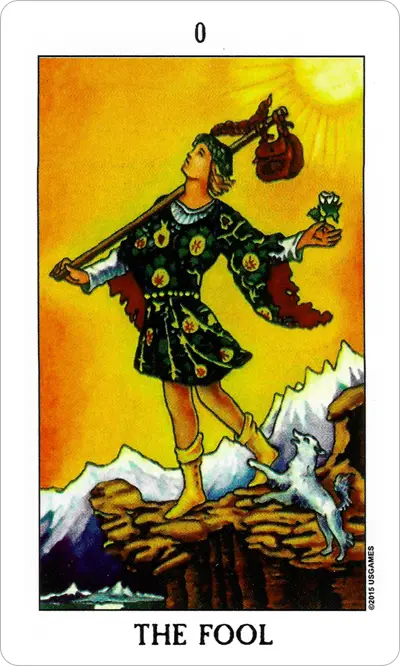
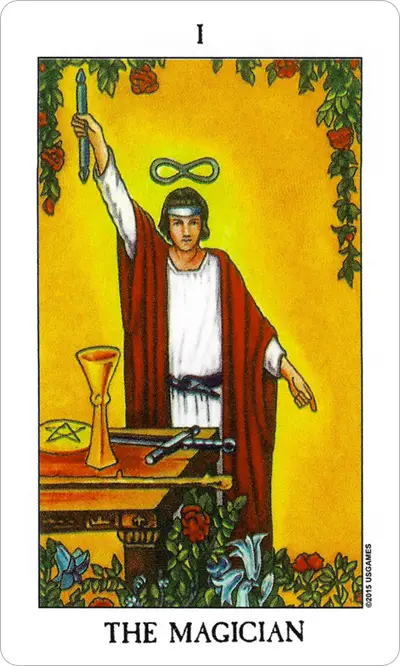
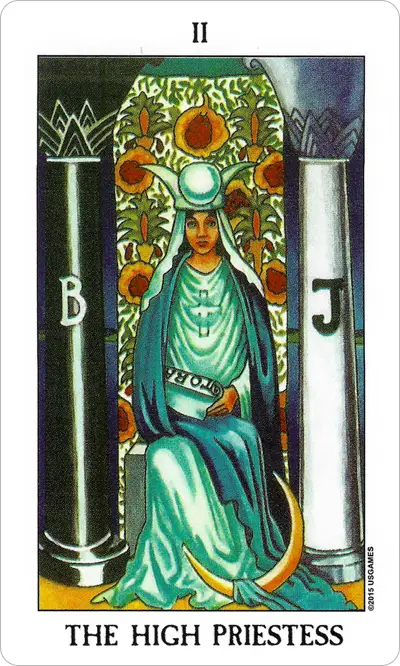
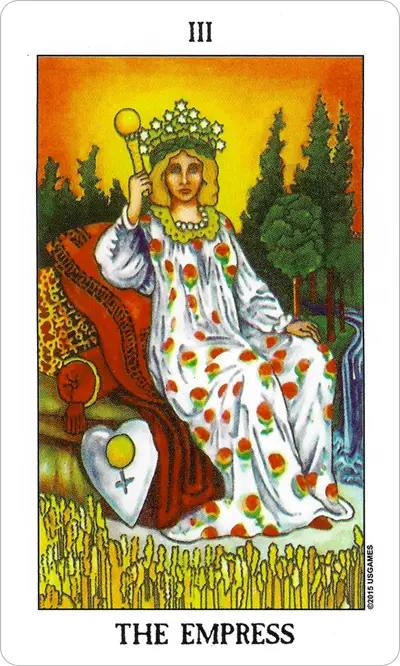
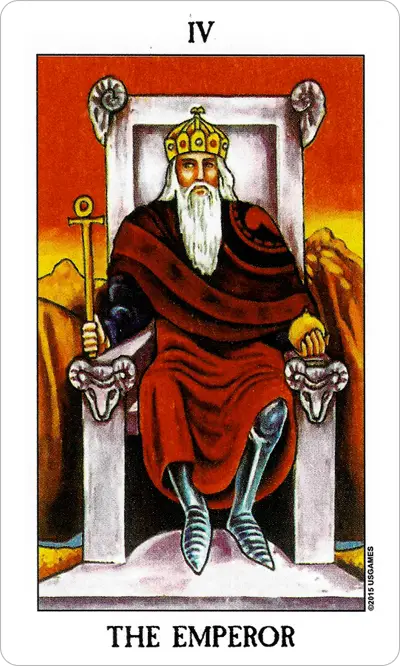
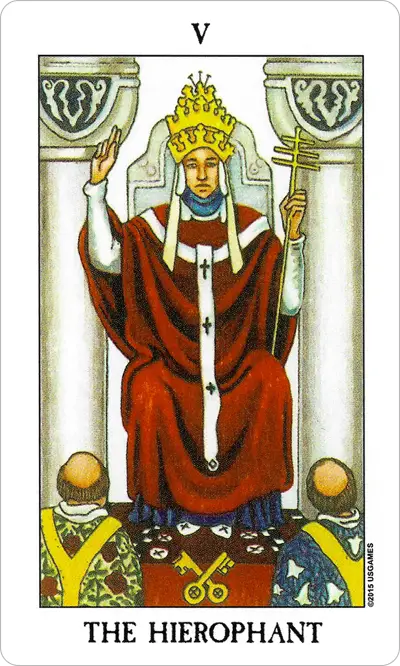
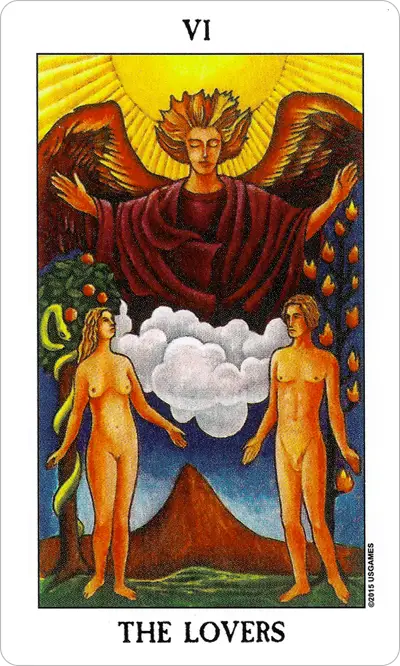
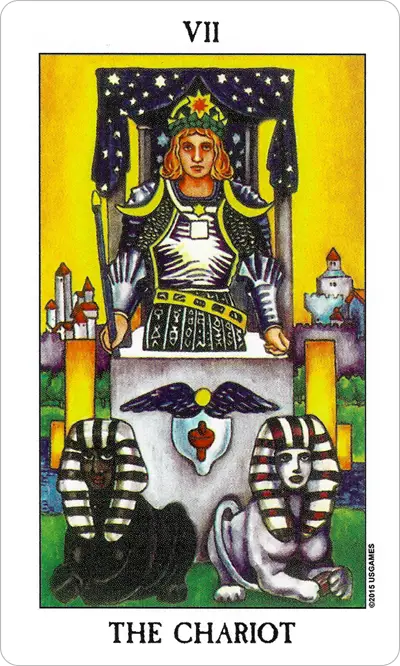
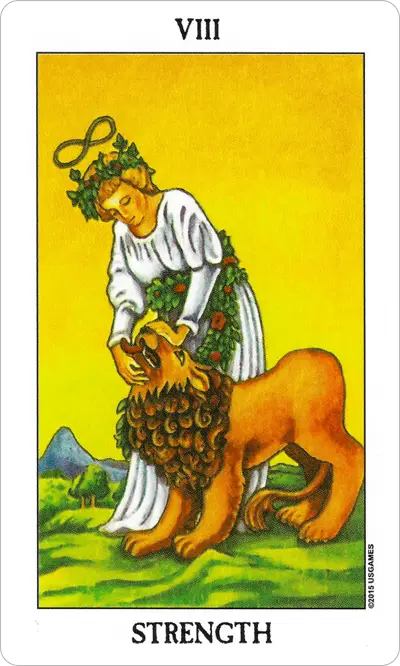

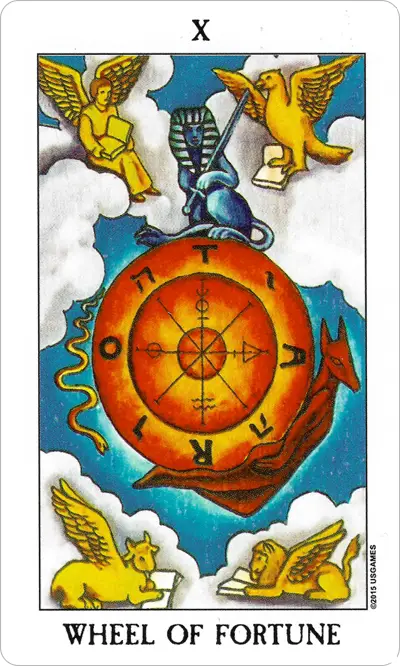
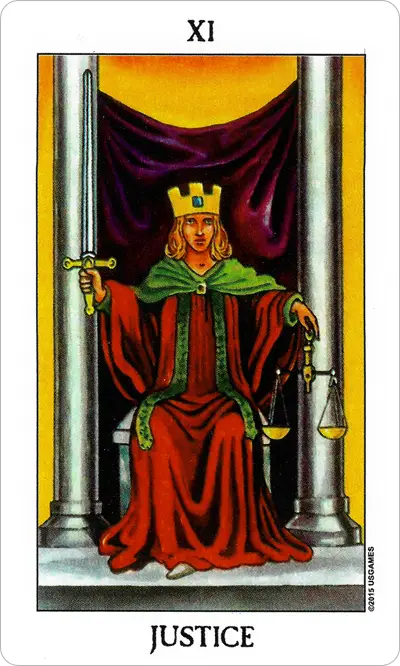
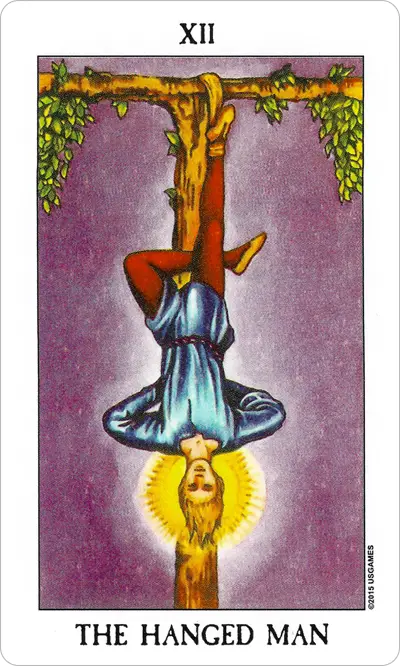
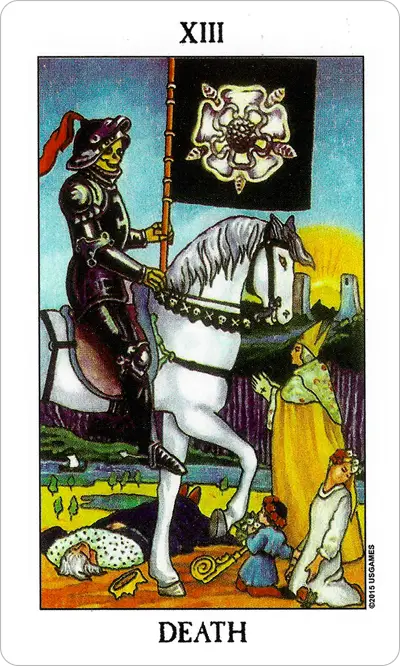
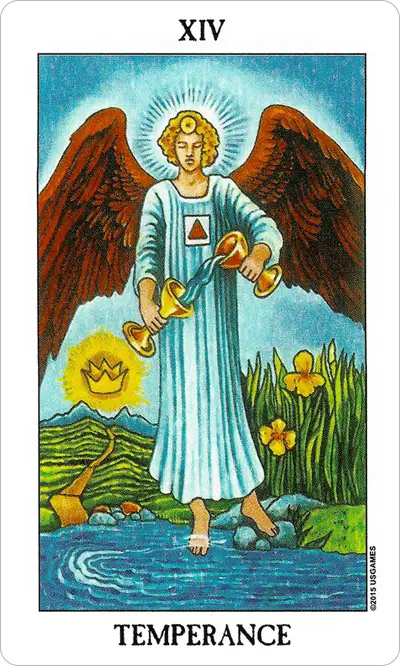
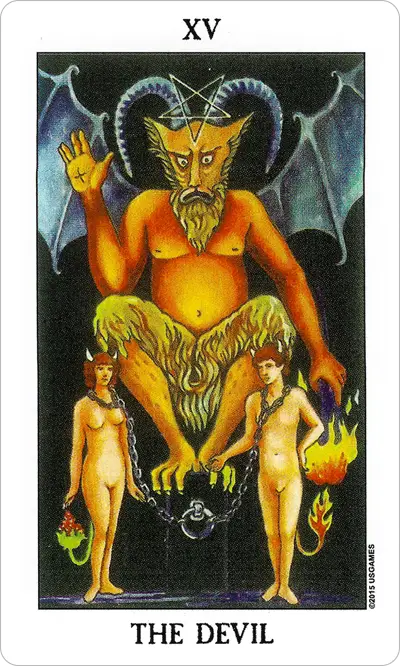
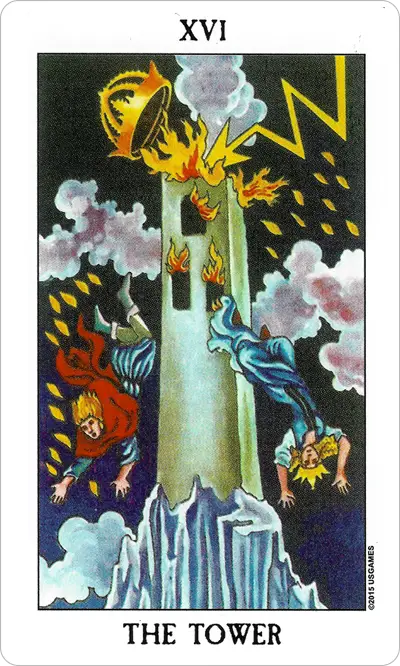
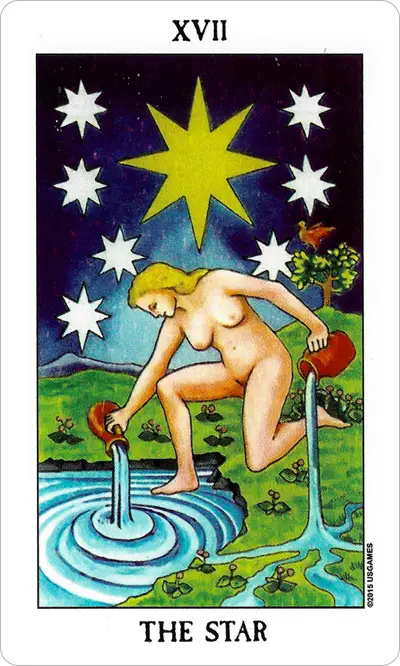
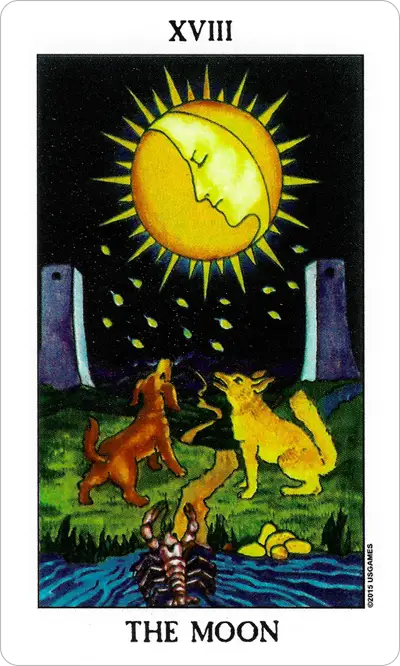
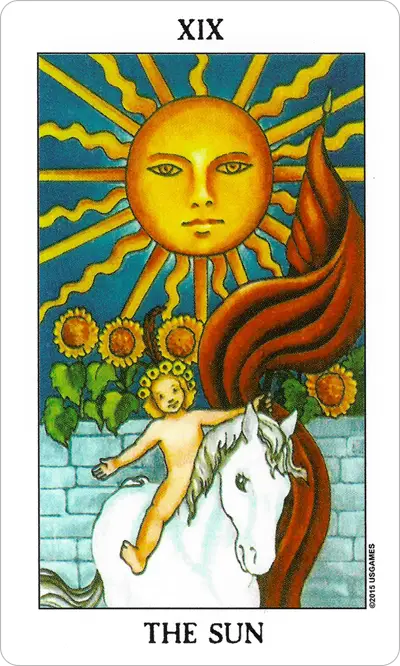
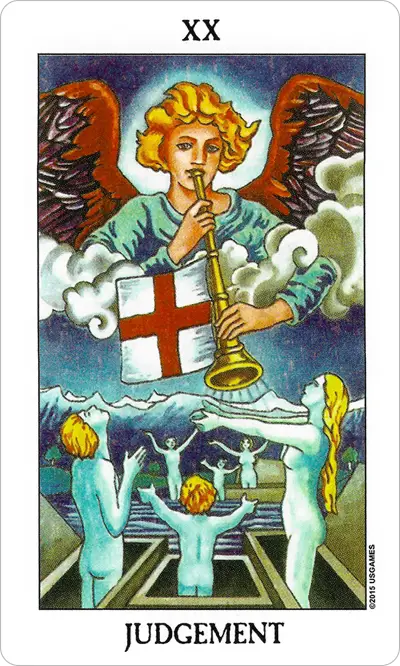
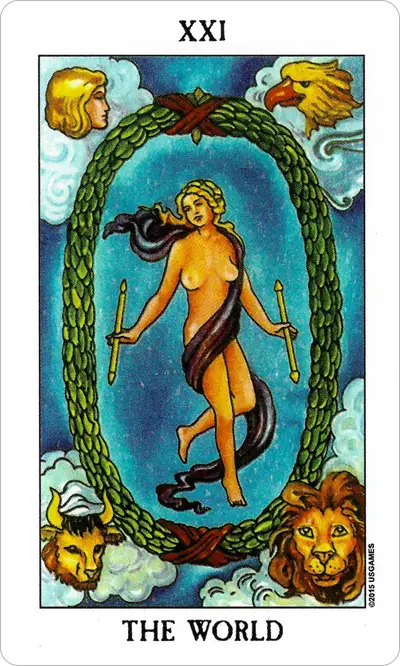
The Minor Arcana: Tarot Card Meanings and Significance
While the Major Arcana tarot cards’ meaning is different for each card, the Minor Arcana cards carry a different significance. These cards are relevant to day-to-day life and the smaller experiences of everyday life. In other words, while the Major Arcana are all about teaching you major life lessons, the Minor Arcana cards offer you practical advice on navigating the ins and outs of everyday situations. They tend to reflect the present and what you are dealing with right now rather than the larger path of growth you may be one.
The 56 Minor Arcana tarot cards are divided into four suits, and these suits help connect cards in the same suit around key themes and ideas. Thus, the significance of these cards is not just in the specific card itself but also in the greater themes that can be found in its suit.
Similar to modern playing cards, the suits of the Minor Arcana are made up of an ace, numbered cards, and court cards. Unlike modern playing cards, there are four court cards in each tarot suit instead of three. These cards are the Page, Knight, Queen, and King. Each court card has a specific aspect that is channeled through the greater theme of each suit. The Page represents energy and youth, the Knight represents action and movement, the Queen represents emotional intelligence and understanding, and the King represents leadership and authority. Thus, in each suit, the court cards bring that meaning to the specific emotional themes of the suit, which we will discuss below.
Understanding the Four Suits in the Minor Arcana
The Minor Arcana are divided into four suits, each of which means something different and is associated with one of the four traditional elements: earth, air, fire, and water. These suits are important in any tarot card meanings list because they explain what the cards mean in different areas of life.
The Suit of Wands
The Suit of Wands is associated with action and ambition as well as the element of fire. Cards in this suit revolve around energy, passion, and creativity and provide guidance on ways to take action and make forward progress. When you receive a Wand in a reading, it may mean that you need advice on starting projects, achieving goals, or overcoming challenges. These are cards that appear when you need to channel your energy, initiative, and enthusiasm to achieve your goals. At another level, the Suit of Wands reflects the deeper meanings of tarot cards, helping you take stock of your current levels of energy and motivation and evaluate the goals you want to pursue.
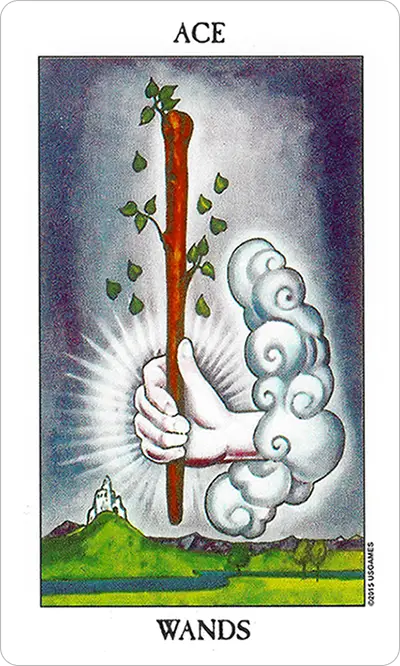
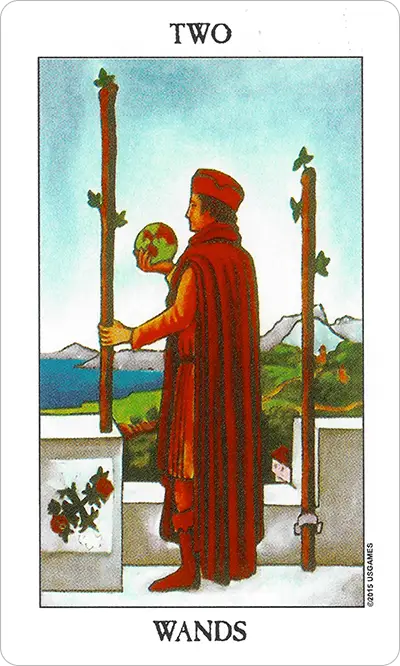
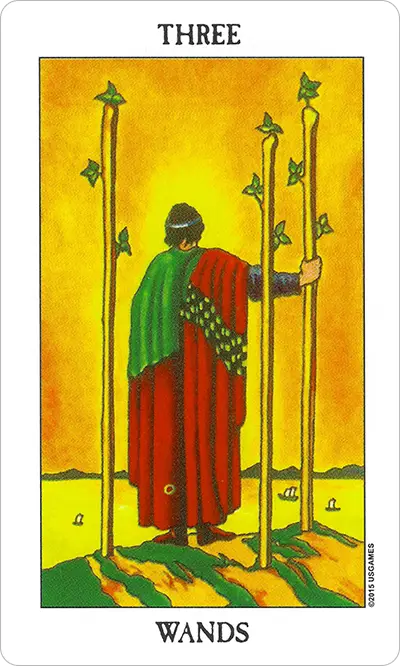
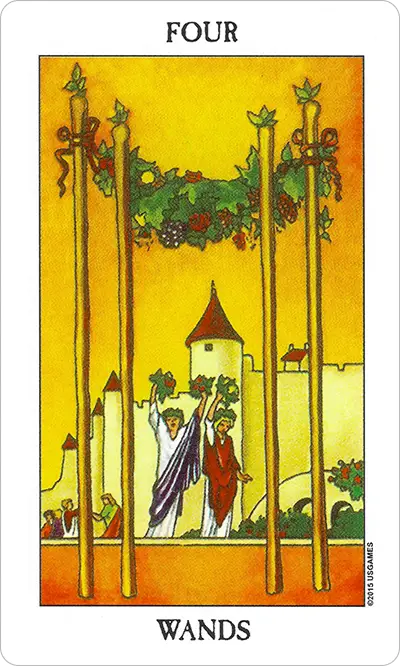

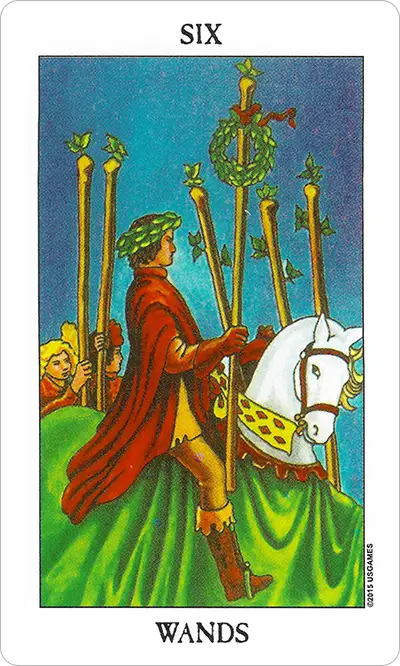
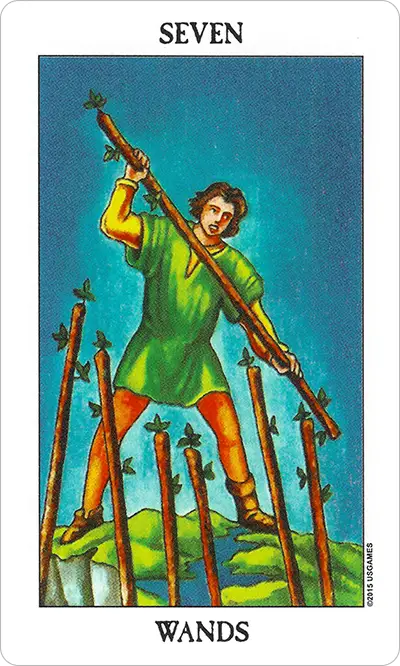
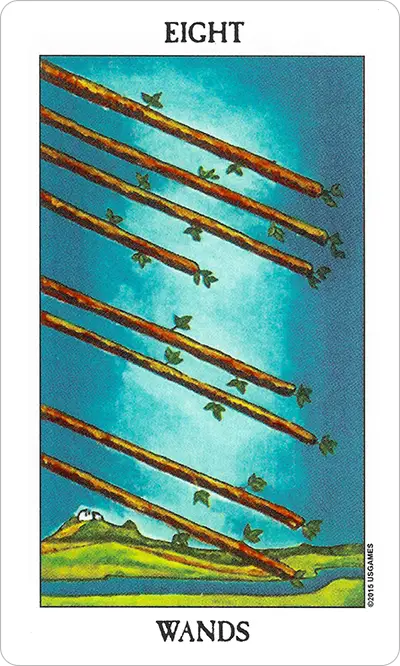
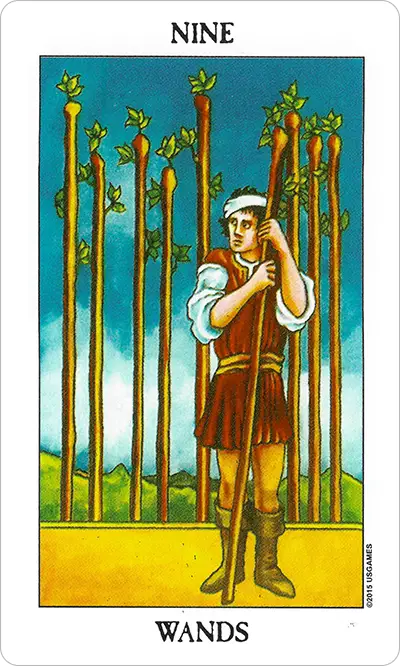
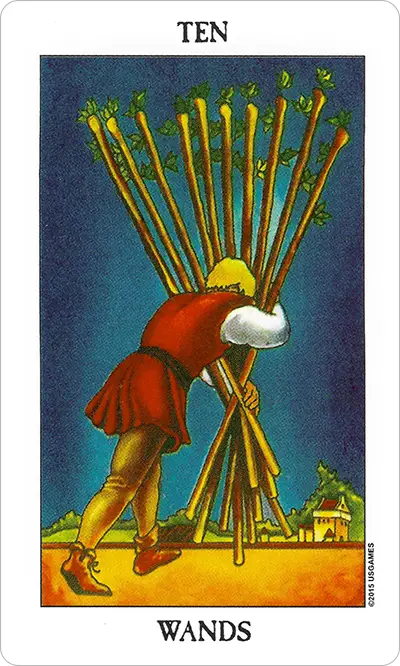
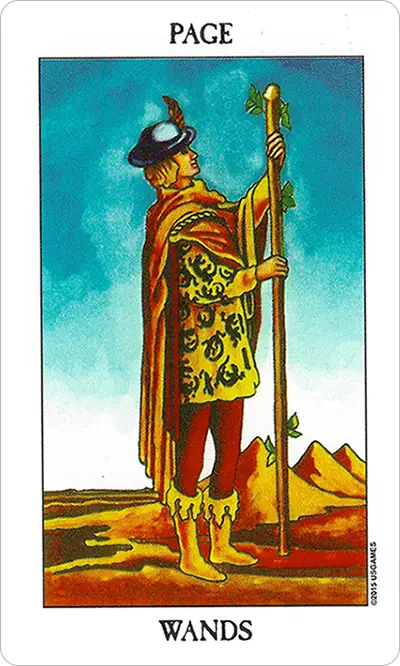
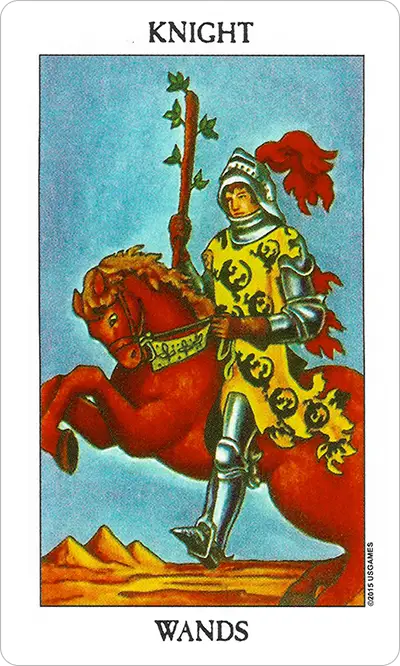

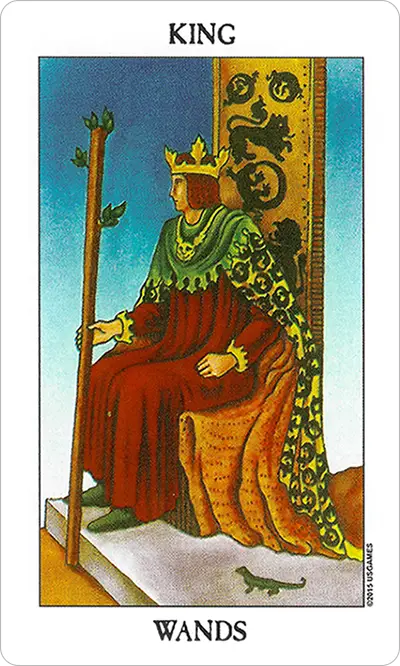
The Suit of Cups
The Suit of Cups is associated with emotions and relationships as well as the element of water. Cards in this suit revolve around emotions, relationships, intuition, and creativity, but unlike the Suit of Wands, Cups focuses on how you feel about these rather than the specific actions you may take. The Suit of Cups is all about your heart, your feelings, and your unconscious reactions and desires. Often, when you receive a Cups card in a reading, it is because you need to deal with issues related to emotional health, personal relationships, and matters of love.
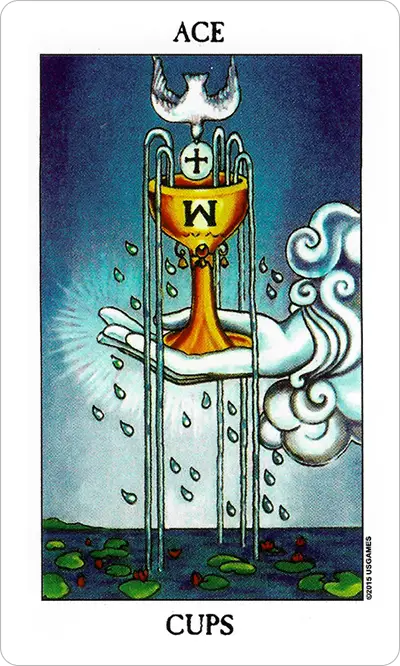
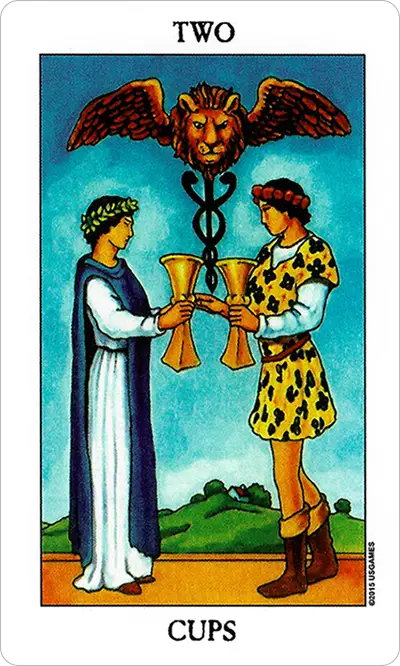
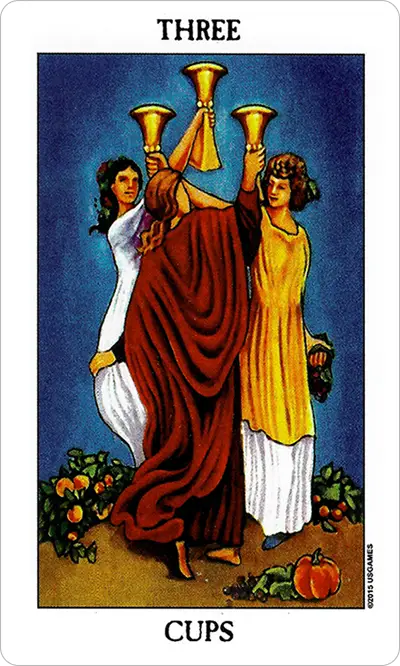
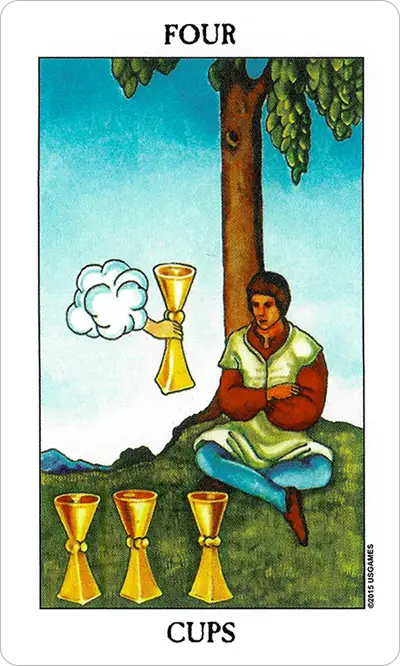
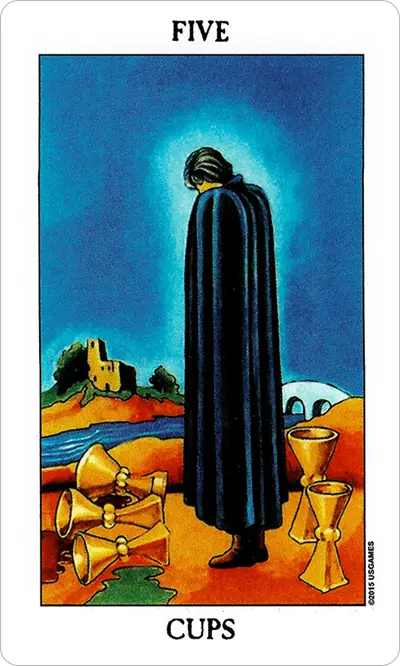
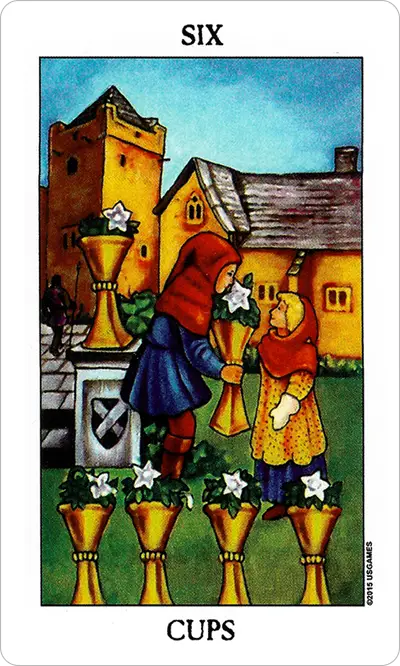
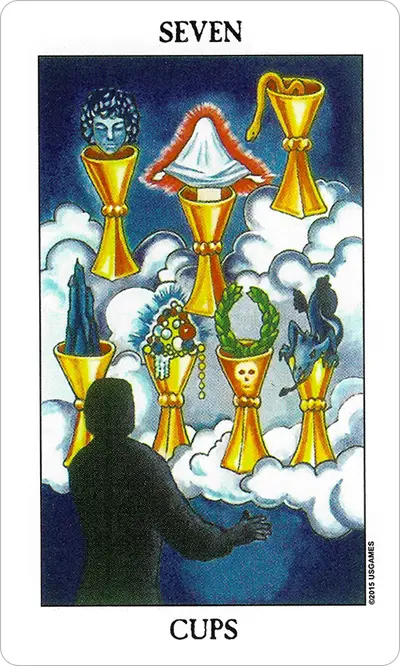
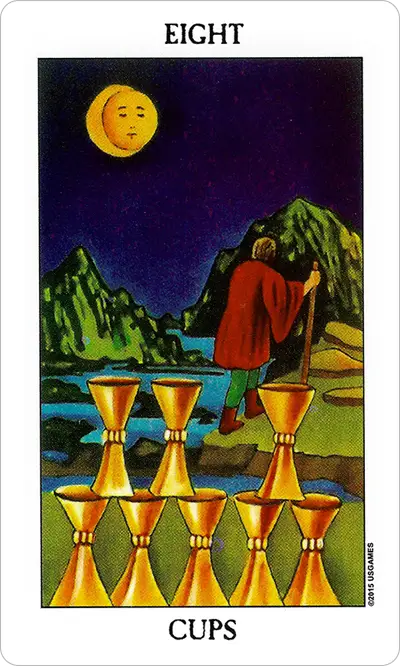
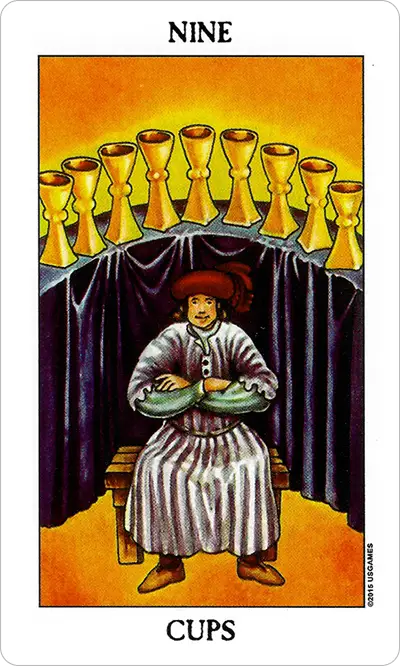
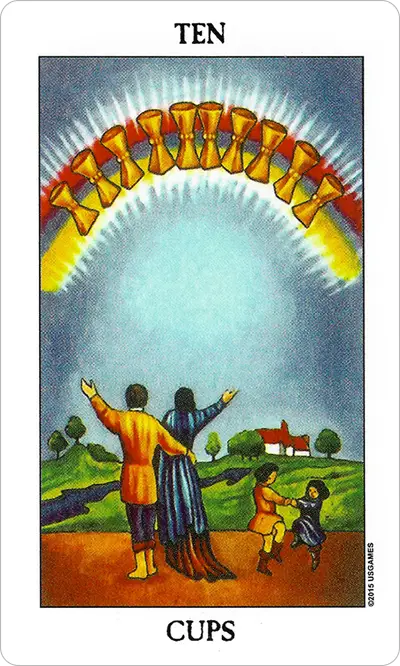
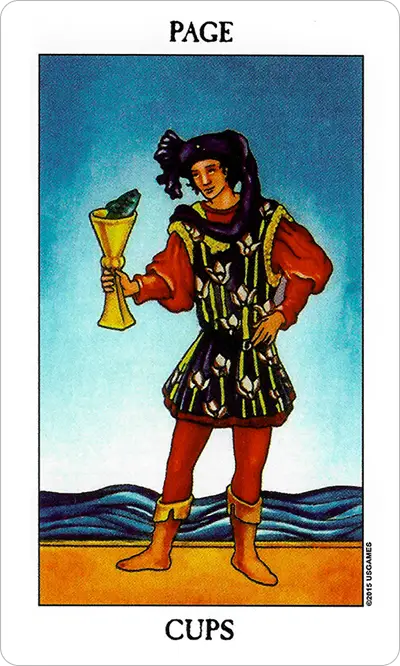
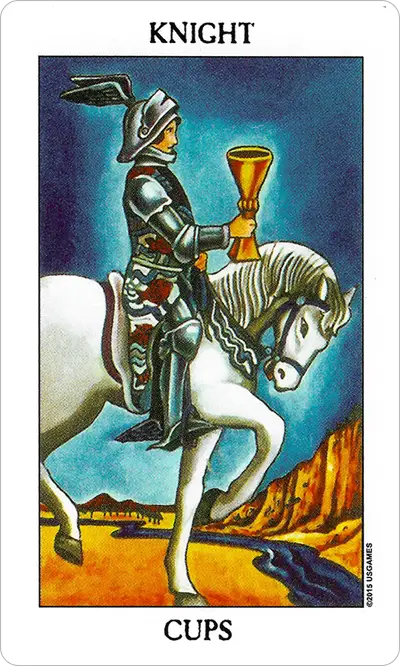
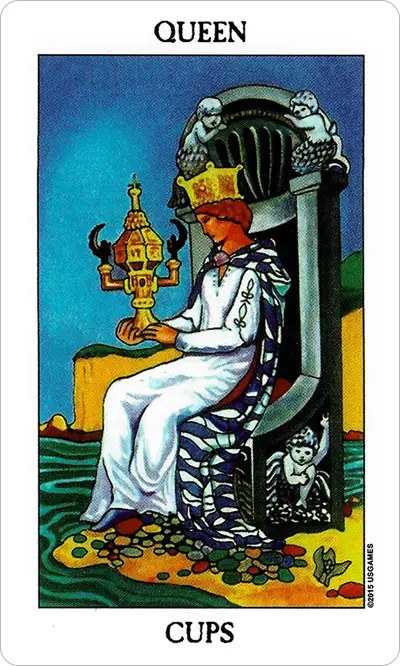
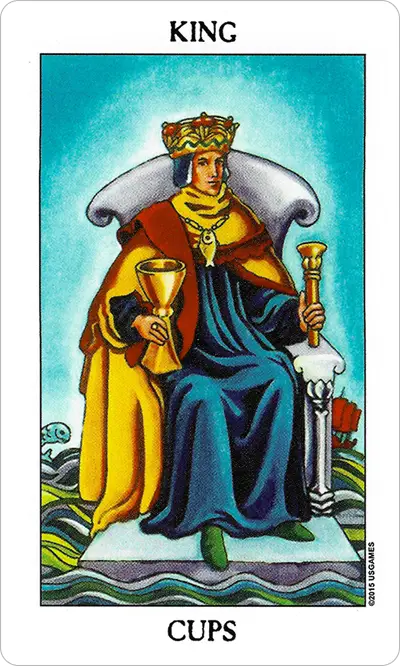
The Suit of Pentacles
The Suit of Pentacles is associated with material and physical matters as well as the element of earth. Cards in this suit revolve around issues pertaining to the home, career, health, and money—all the material things in this world. When the Suit of Cups comes up in a reading, it indicates that tangible concerns are of deep importance, typically involving work, wealth, and property. It can also be a suit associated with patience and stability.


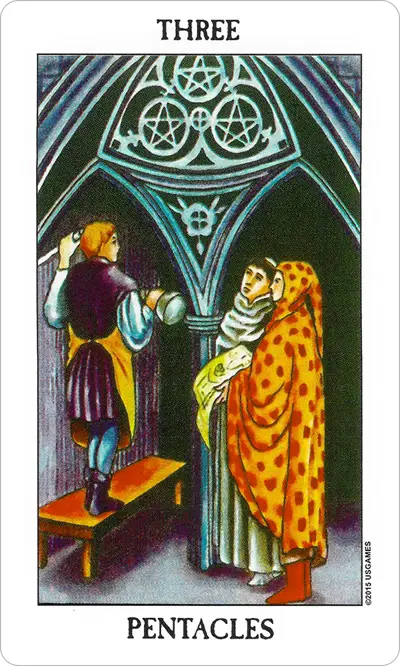

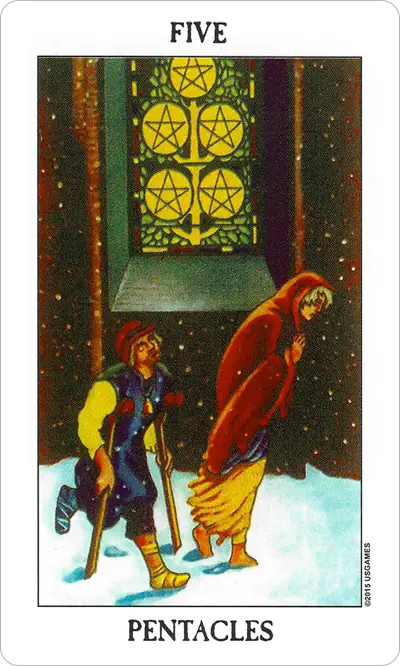
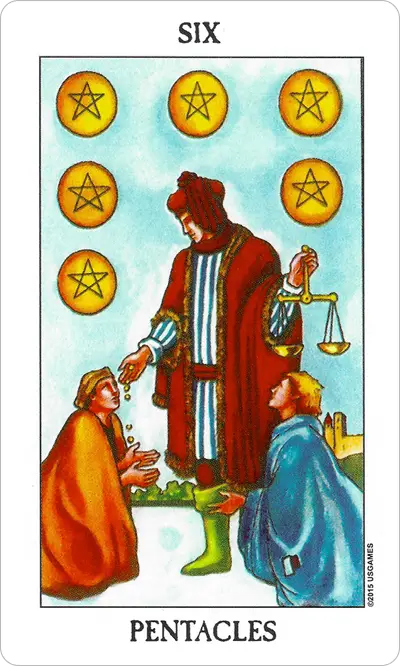
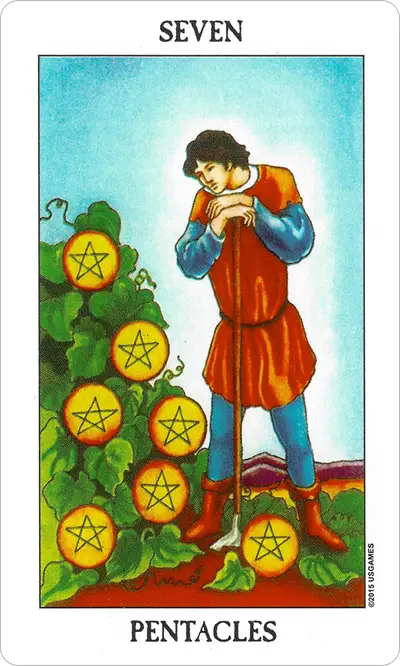
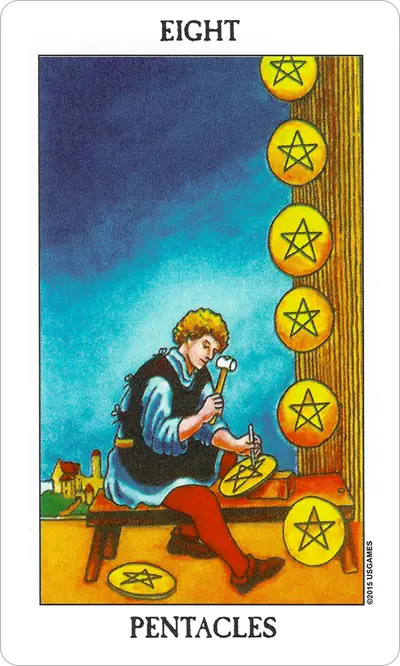
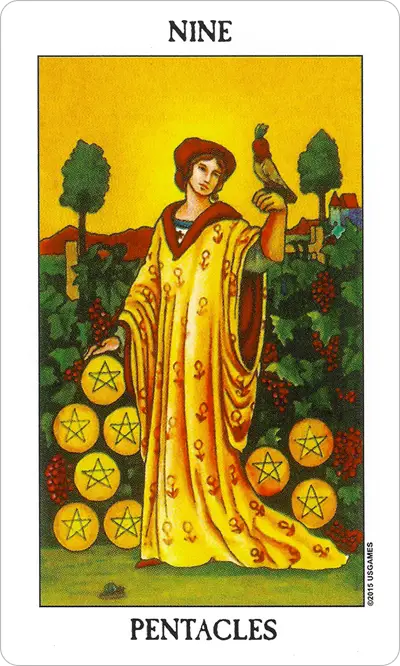

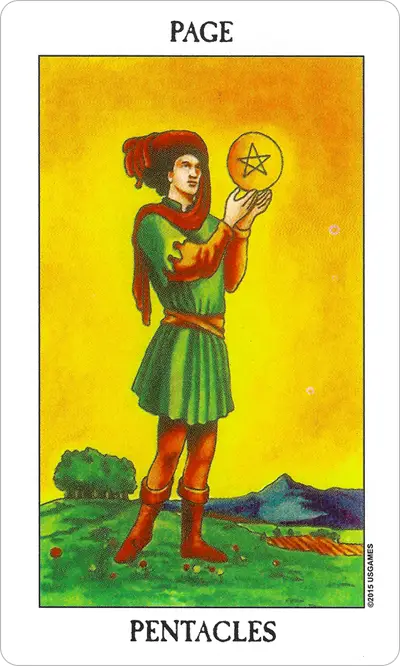
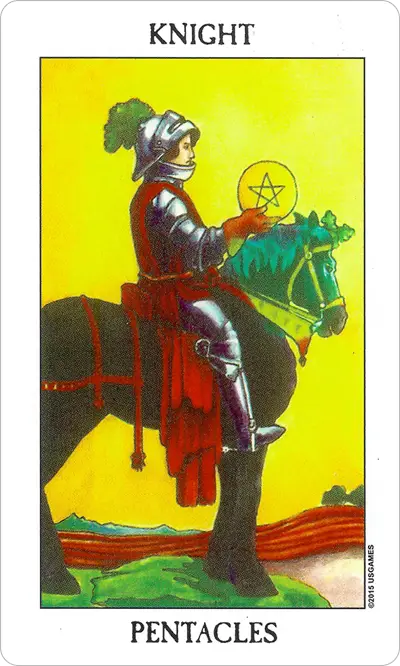
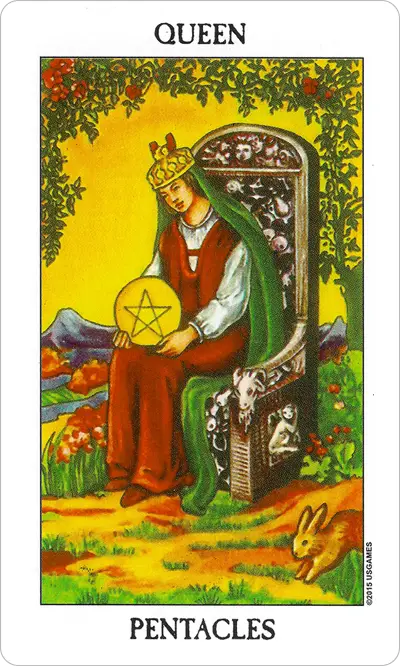

The Suit of Swords
The Suit of Swords is associated with the intellect and challenges as well as the element of air. Cards in this suit revolve around the intellect, communication, conflict, and undertaking decisions. Where the Suit of Cups revolves around emotions and feelings, the Suit of Swords approaches things from the realm of reason and thought. Cards in this suit offer insight into intellectual pursuits, rational decision-making, and the challenges involved in overcoming obstacles. Often, when you receive a Swords card in a reading, it is because you are facing a decision or challenge you need to work through rationally rather than emotionally.
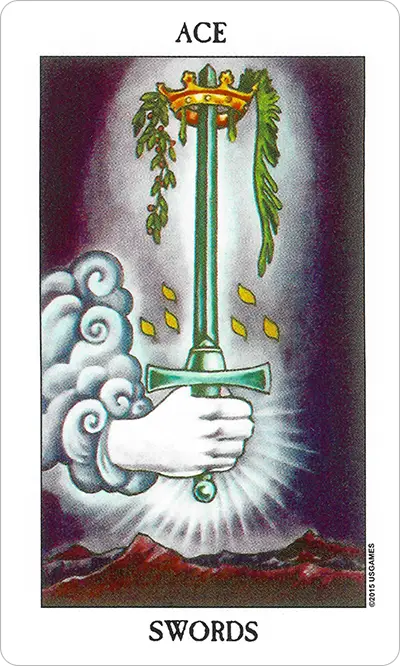


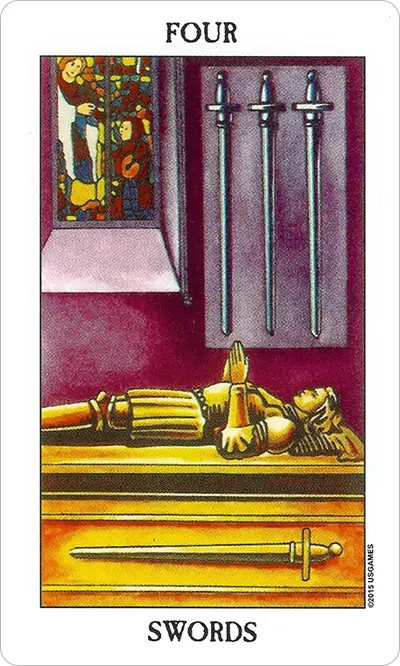
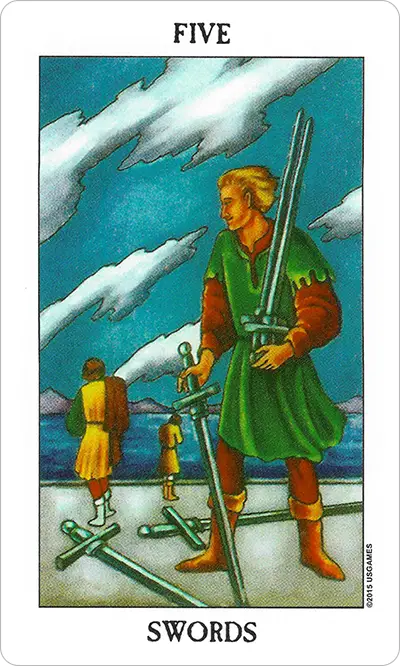
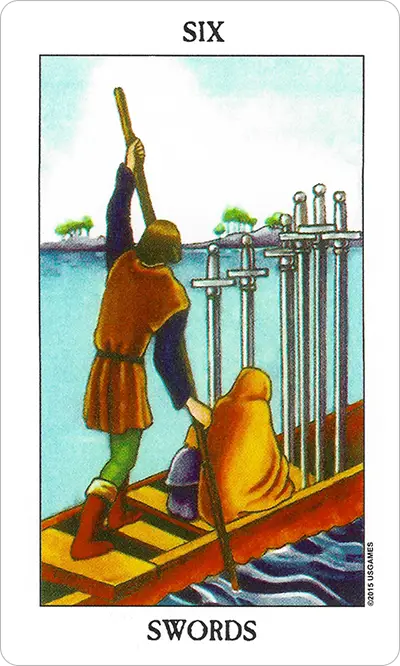
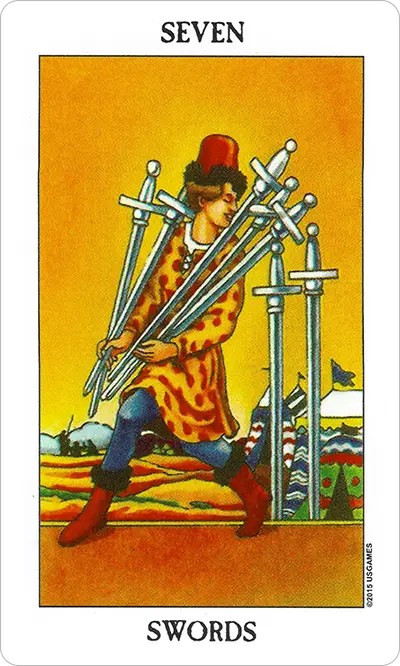

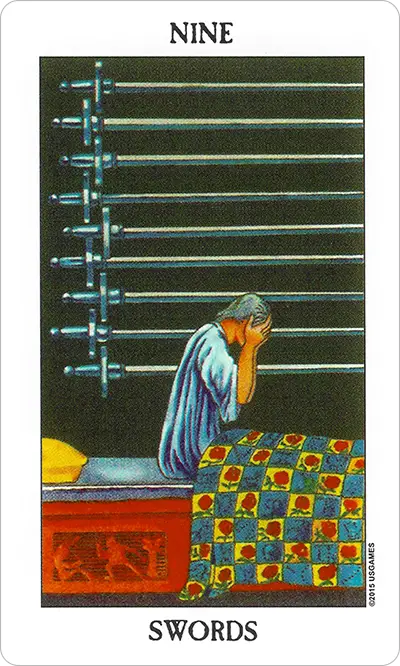
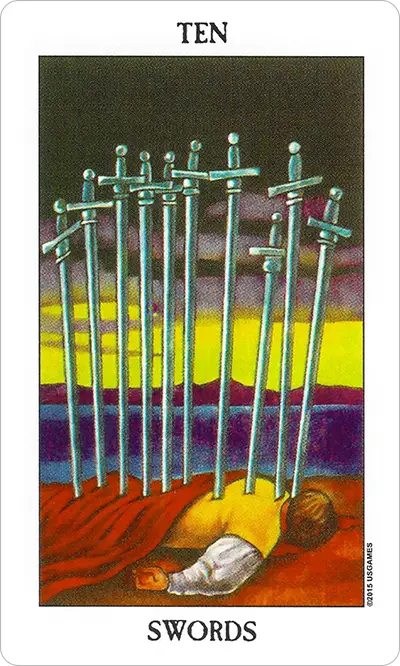
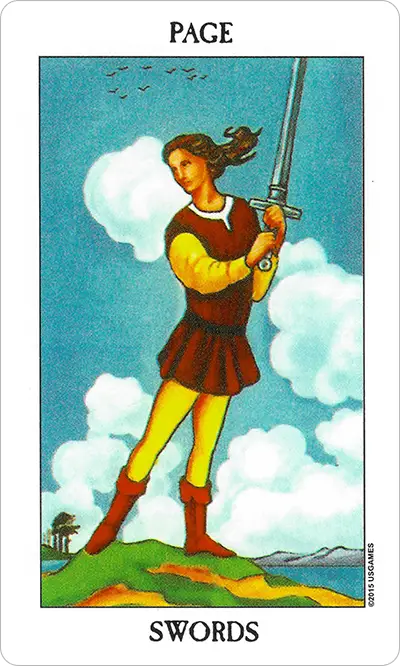
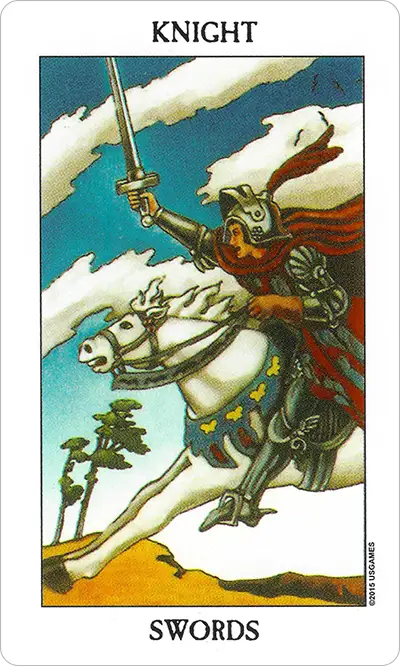
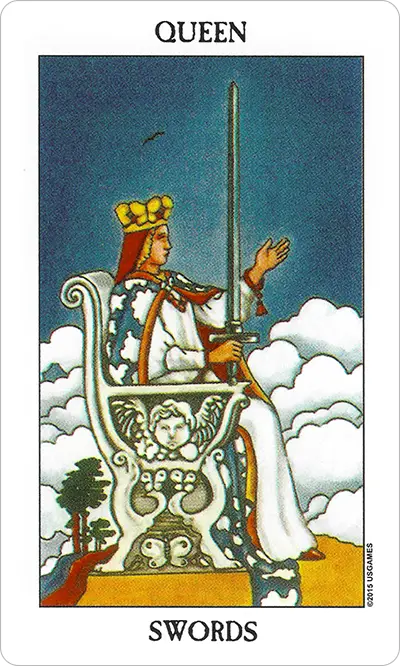
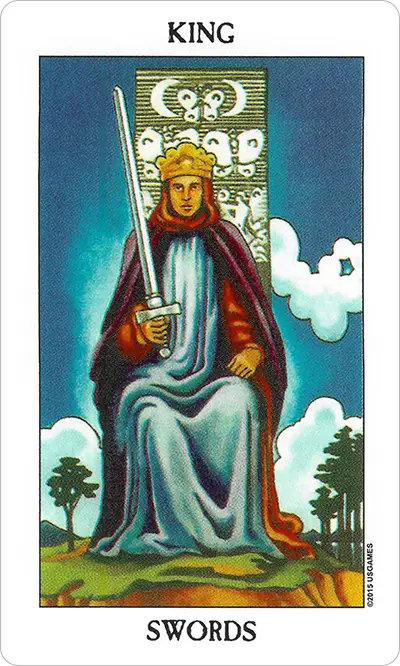
Conclusion
All the best tarot card readers, whether in person or online, know that tarot cards’ meaning is unique to each individual and deeply rooted in each of our personal journeys. Learning about the Major and Minor Arcana is an important way to begin considering what each card means to you and to your life. Tarot card meanings start with the generally accepted associations of each suit and card, but from there, they must be applied to your own life and personal journey. That process—of thinking deeply about how the cards connect to our lives—is where the true power of tarot lies. As a student of tarot, you can discover increasing insight into yourself and your experiences by using the tarot as a tool to spark creative and intuitive thoughts into your emotional, intellectual, and spiritual growth.
